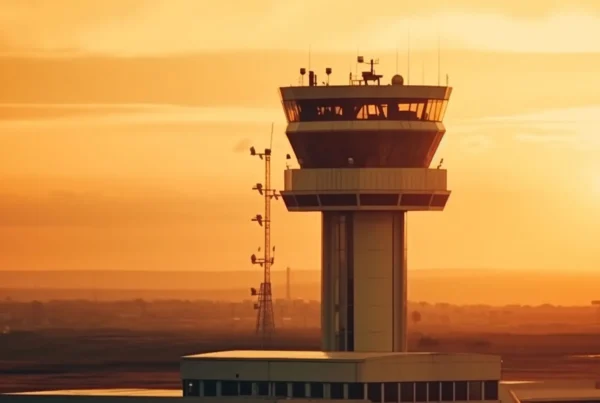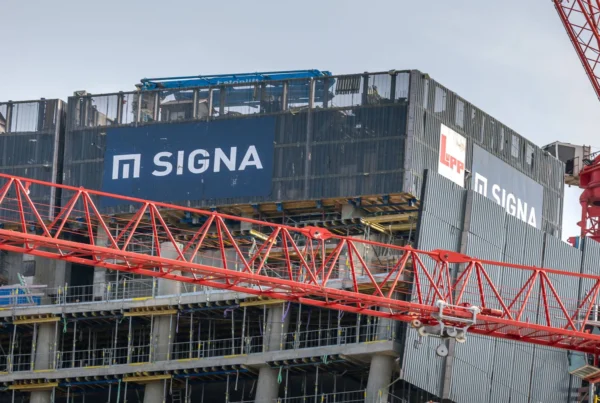Dr. Günter Kargl of Austria’s Space Research Institute discusses the important contribution of Austria’s CoPhyLab (Comet Physics Laboratory) project to space science. The project is a collaborative effort of space research institutes of many countries. CoPhyLab is helping science understand better ESA’s Rosetta Mission’s important findings.
Dr. Günter Kargl, 30 November 2021
Comets are small icy objects lingering at the edges of our solar system. They have always fascinated mankind. In ancient times they were considered the harbingers of change and doom. While there are written records about broom- or guest-stars from sources in China and Mesopotamia, their true nature remained an unsolvable puzzle for a long time. Their recurring nature was already reported on clay tablets in Babylon – in particular the comet which is known today as Halley’s Comet. This very comet was again visible in medieval Italy and inspired Giotto to include it in his Nativity painting. Depictions such as this spurred speculation that the star of Bethlehem was a supernova or a comet – perhaps even Halley’s Comet.
Only with the onset of modern astronomy and the use of telescopes could it be determined that comets were not an atmospheric phenomenon but indeed small objects travelling through the sky and sometimes also through the inner reaches of our solar system. Modern astronomy a better understanding of general structure characterising a comet. The inner part, the nucleus, is the active source of gas and dust when the comet approaches the sun.
The coma is the nebulous envelope of gas and dust produced by the nucleus of a comet. The coma can amount to hundreds of thousands of kilometers, and after violent outbursts of the sun can equal or even surpass the sun in diameter. However, since light from the sun will ionise most of the gas in the coma, the ions are carried away with the charged particles of the solar wind. Thus, the ion tail of the comet is formed and strictly follows the solar wind. The dust in the coma is also moving away from the nucleus on a Keplerian trajectory. That way, an active comet is forming two distinct tails which can stretch out for millions of kilometres away from the nucleus.
The invention of spectroscopy enabled scientists to determine the composition of the coma and gas tail of active comets. Since the most prominent constituent of these remote spectroscopic observations was water, comets were considered to be consisting purely of water ice. The famous astronomer Fred Whipple coined the term “dirty ice ball”, which was used until the first space mission to fly close by comet 1P/Halley. The European Space Agency’s (ESA) Giotto Mission revealed a very dark and complex object which did not conform to contemporary assumptions about comets.
To investigate comets and their formation in more detail and to gain a better understanding of the whole solar system, ESA’s Rosetta Mission was born. After its conception, more than ten years would pass until the Mission’s design for such a strange and unknown environment could be completed. Finally, after a ten-year flight and more than two decades after the start of the Mission, Rosetta and the Philae lander arrived in 2014 at the comet 67P Churiomov-Gerasimenko to study its nucleus and the immediate environment around the comet. The Mission was quite successful in gathering new data, among which was the finding that some cometary grains were older than the solar system, dating back to the process of formation of the protoplanetary cloud. Other findings included the discovery that the isotopic ratio in the cometary water was quite different from that on Earth and that comets were therefore not a major source of water for our planet. A new more complete picture of how comets really look was established: they are rather more like icy dirtballs with a complex surface topology and are among the darkest objects in our solar system.
However, despite the Rosetta Mission‘s being quite successful, some of the Mission’s data were still quite puzzling to the scientists. One example was the activity directly at the surface of the nucleus. Some behavior patterns could not be explained with the existing models. A more general problem of space missions is that there exists a set of very sophisticated sensors and instruments, but in space the disentanglement of different parameters contributing to a measurement is sometimes not under the control of the instrument operator. This is not due to the operator nor the instrument design, but because nature itself is running interconnected processes and the environment in space is very complex. Thus, an established practise is to have three approaches for this kind of problem: 1.) actual measurements are taken using the best instruments that can be designed for such an environment; 2.) physics models and their mathematical descriptions are used to explain the measurements and to gain a better understanding of the observed phenomena; and 3.) laboratory experiments to try to separate individual parameters to gain a better understanding of the phenomena and their contribution to the comet’s overall behavior.
Austria’s CoPhyLab (Comet Physics Laboratory) project at the Austrian Academy of Sciences involves this type of laboratory approach to understand better the Rosetta Mission’s findings. The initial project partners were the Technical University of Braunschweig in Germany, the Space Research Institute at the Austrian Academy of Sciences and the University of Bern in Switzerland. The goal was to set up a dedicated comet laboratory, located in Braunschweig. Meanwhile, other partners such as the DLR (the German Aerospace Center), the Max-Plank Institute for Solar System Research, the Chinese Academy of Science and Technology and many others have joined the project.
In this project, laboratory experiments can be performed where more than fourteen instruments can observe the sample material inside the thermal vacuum chamber simultaneously. Observations range from simple temperature readings and measurements with mass spectrometers and multiple camera systems (for e.g., infrared imaging) to high-speed cameras for observing particle ejection from the surface. Another new aspect is a model manipulation robot inside the chamber which can operate in high vacuum conditions and in temperatures as low as -200°C to bring sensors close to the surface or even inside the sample.
A particular challenge for laboratory experiments on comet processes is the choice of materials. Since there is no direct cometary matter here on earth, one has to use so-called “analogue materials”. These are materials readily available or producible on earth. The purpose of the materials is not to be exact replicas of real comet materials but to have a comparable behavior for certain processes. This is quite difficult, since the material properties found in the coma nucleus can range from the tiny, porous and fluffy (like cigarette ash) to boulders as hard as rock. To complicate things, owing to processes such as sublimation of ices or thermal cycling, the material properties can switch from one extreme to the other. Naturally, the choice of experimental materials was quite diverse over the years and individual laboratories. This made it more difficult to compare experimental results among different measurement campaigns.
Therefore, one of the goals of CoPhyLab is to develop a standard for both the icy and the mineral components of cometary analogue materials. Such standards have existed for some time for lunar or Martian surface regolith based on NASA’s efforts. Such a standard for cometary analogue materials can then be published and made available to other laboratories worldwide in order to facilitate the exchange of measured data and to get a better understanding of cometary processes.
Further information on this project and on ESA’s comet missions can be found at:
CoPhyLab: www.cophylab.space
ESA Giotto Mission: https://www.esa.int/Science_Exploration/Space_Science/Giotto_overview
ESA Rosetta Mission: https://www.esa.int/Science_Exploration/Space_Science/Rosetta





